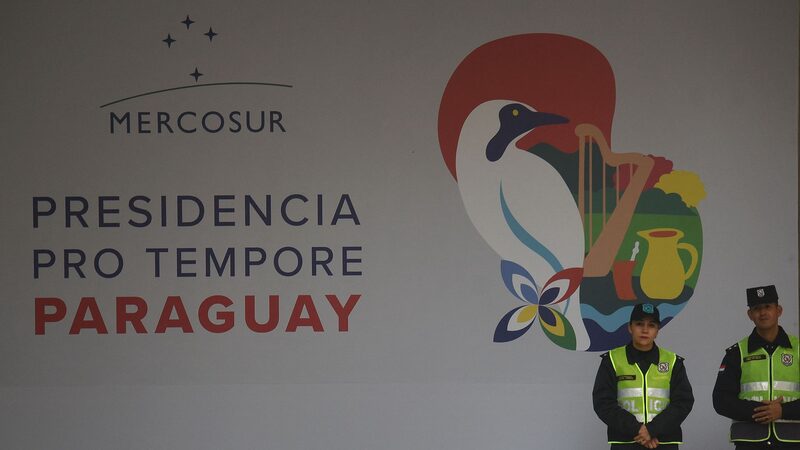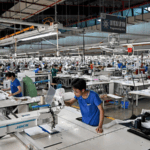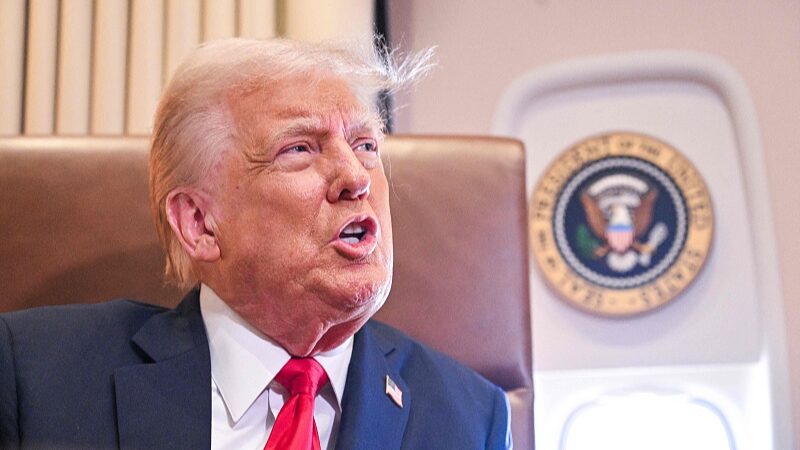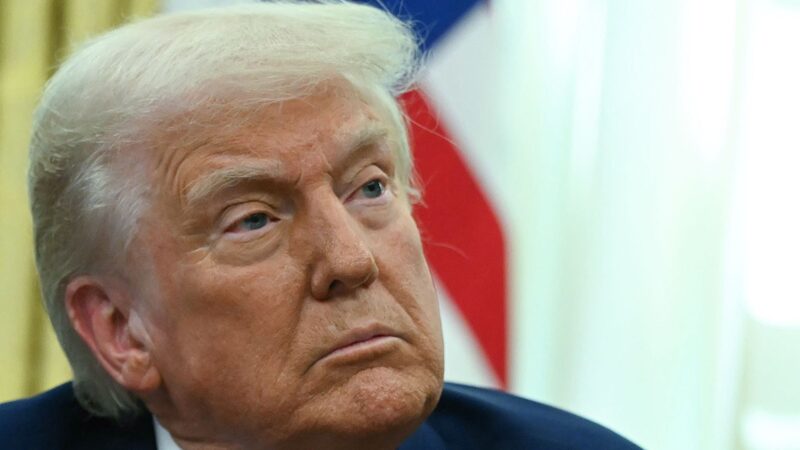South Korea and the United States finalized a landmark tariff reduction agreement and security partnership last month, marking a significant shift in bilateral economic and defense cooperation. The deal, announced on October 29 following summit talks between South Korean President Lee Jae-myung and U.S. President Donald Trump, aims to reshape trade dynamics while reinforcing military collaboration.
Economic Implications
Under the agreement, the U.S. will reduce tariffs on South Korean automobiles and auto parts from 25% to 15%, with similar reductions for timber, lumber, and pharmaceuticals. A reciprocal 15% tariff rate will apply to other originating goods. In exchange, South Korea committed to $350 billion in strategic investments, including $150 billion specifically allocated to U.S.-approved shipbuilding projects.
Industry Challenges
While the tariff cuts promise long-term relief, South Korean analysts warn of immediate challenges. Auto exports previously enjoyed zero tariffs under prior agreements, and experts like Daelim University's Professor Kim Pill-soo caution that 'the fundamental pressure from U.S. trade policies remains.' Industry sources estimate it may take until early 2026 for businesses to see tangible benefits.
Security Commitments
The pact includes a $33 billion support package for U.S. Forces Korea and a $25 billion military procurement plan through 2030. Notably, the U.S. approved South Korea's development of nuclear-powered attack submarines, while Seoul pledged to increase defense spending to 3.5% of GDP. Both nations reaffirmed commitments to extended deterrence strategies in the region.
Reference(s):
cgtn.com








